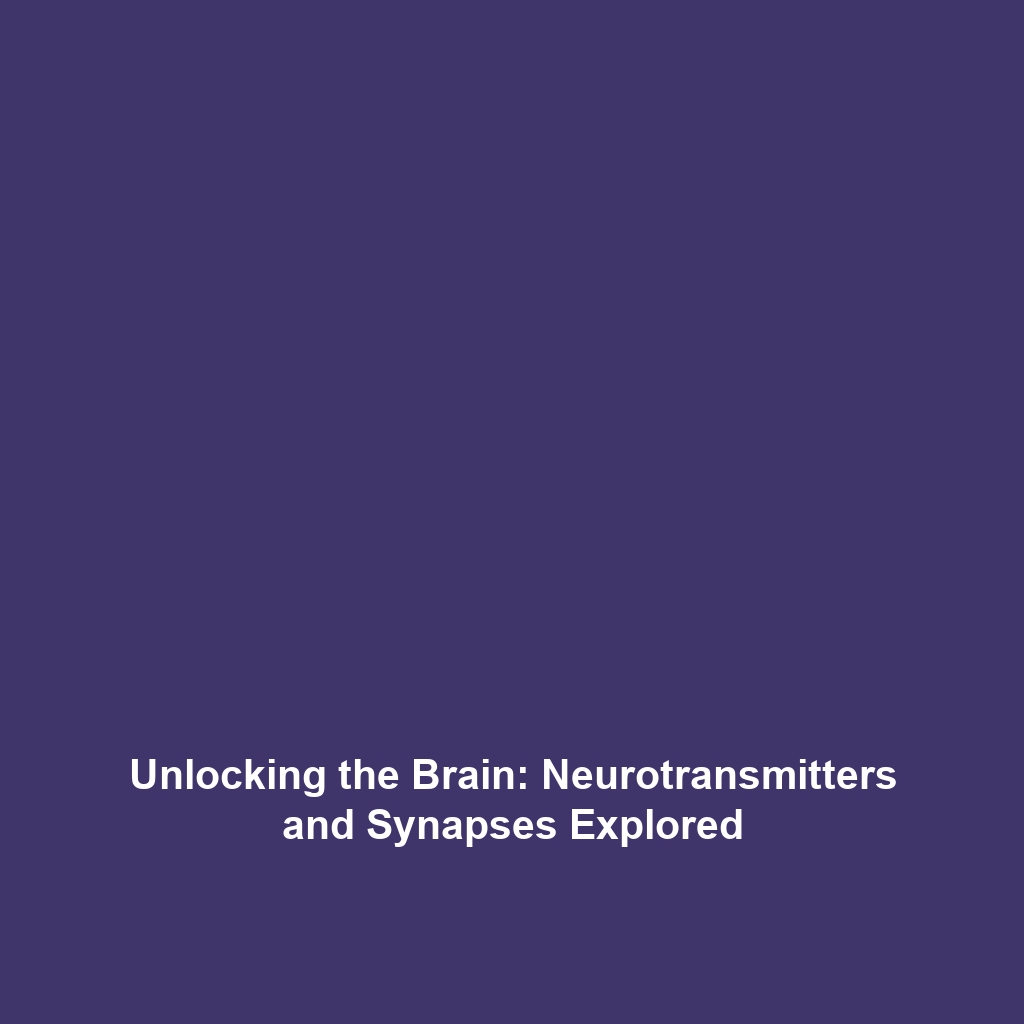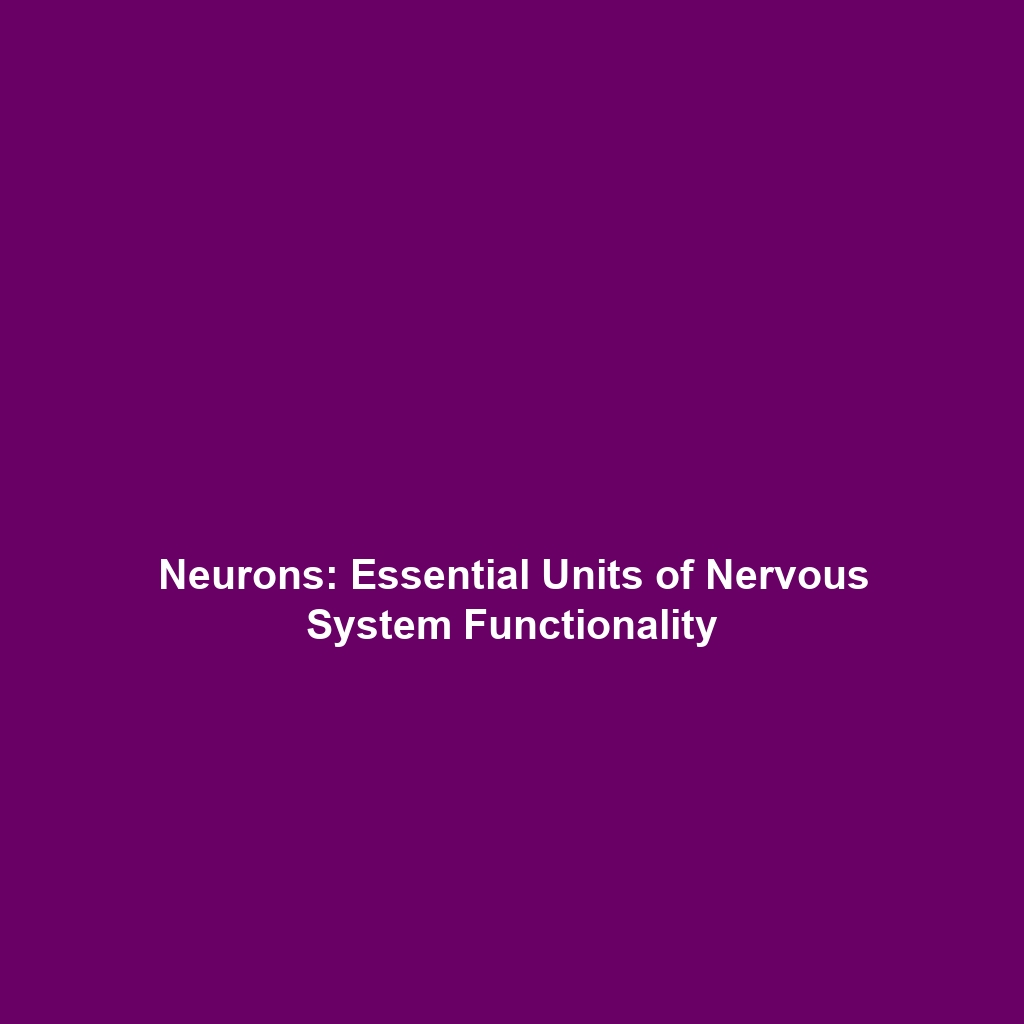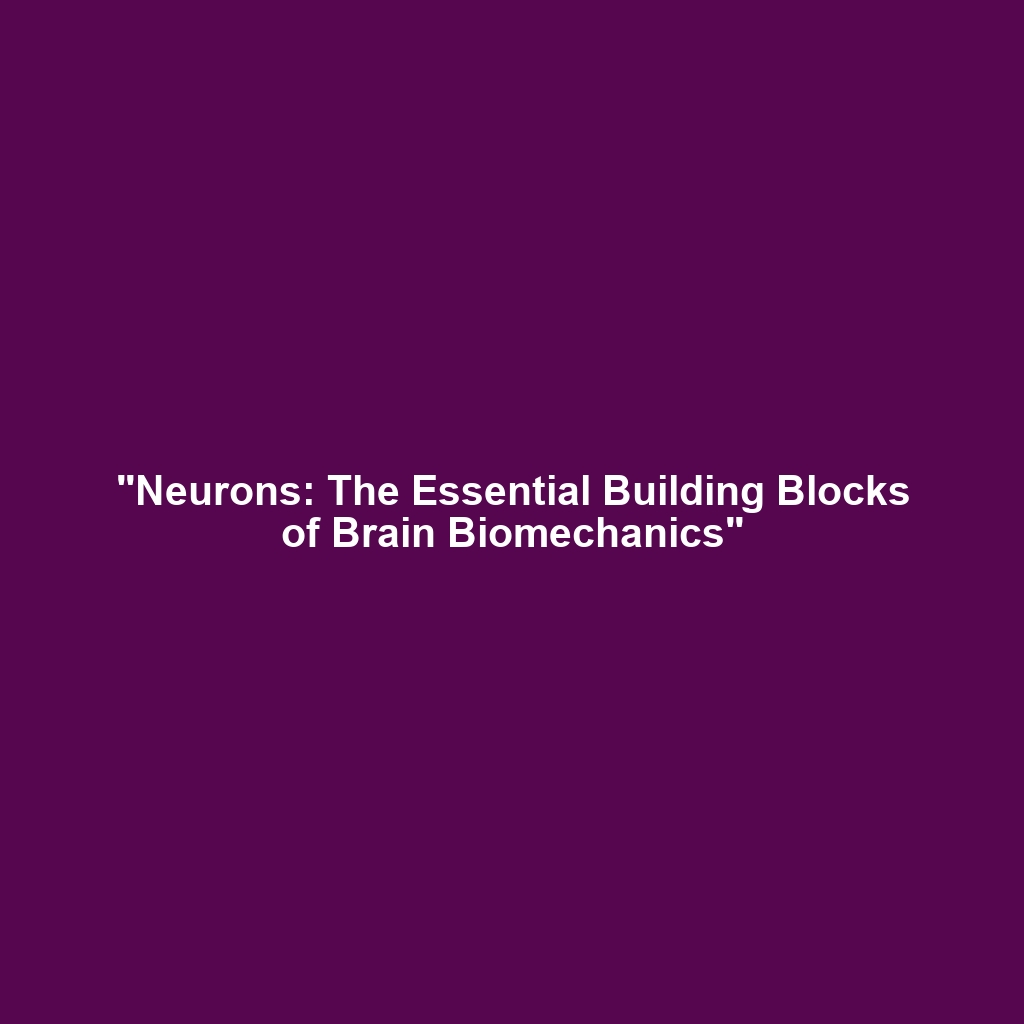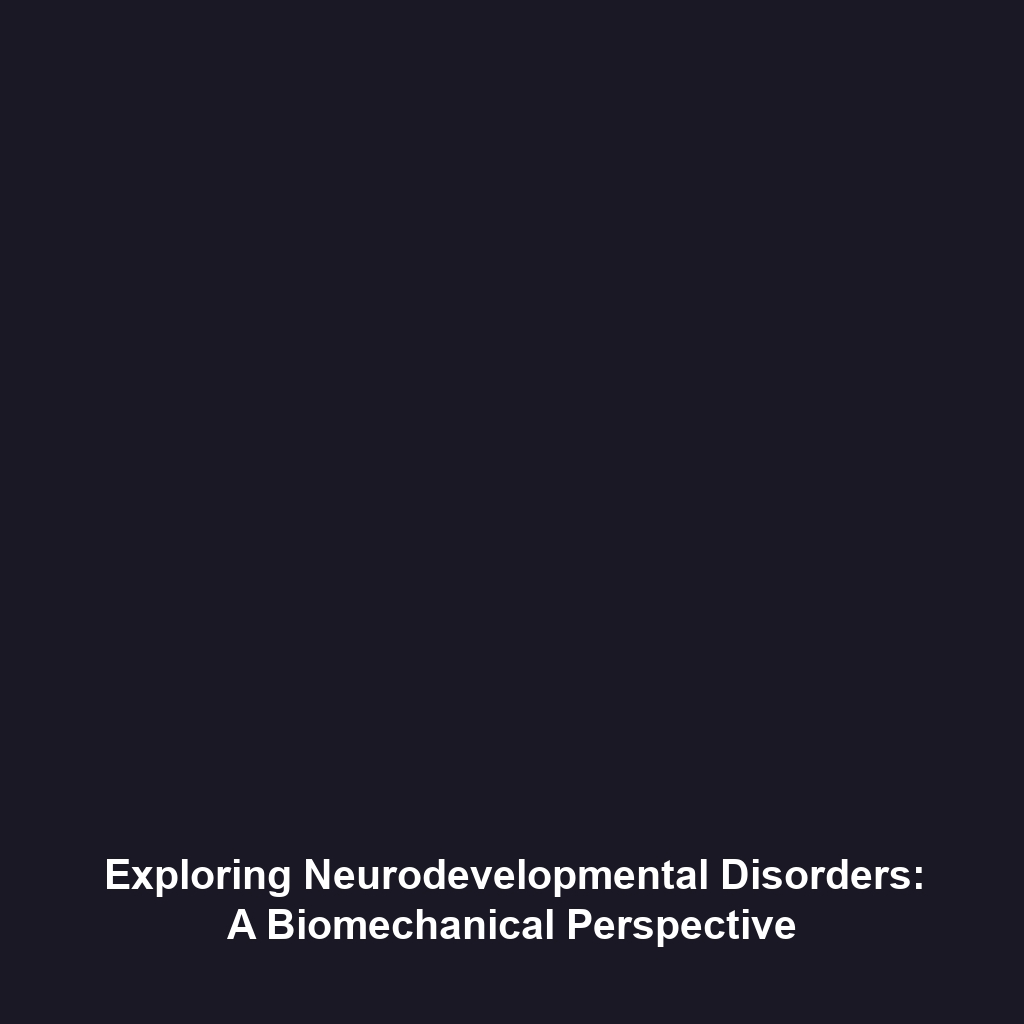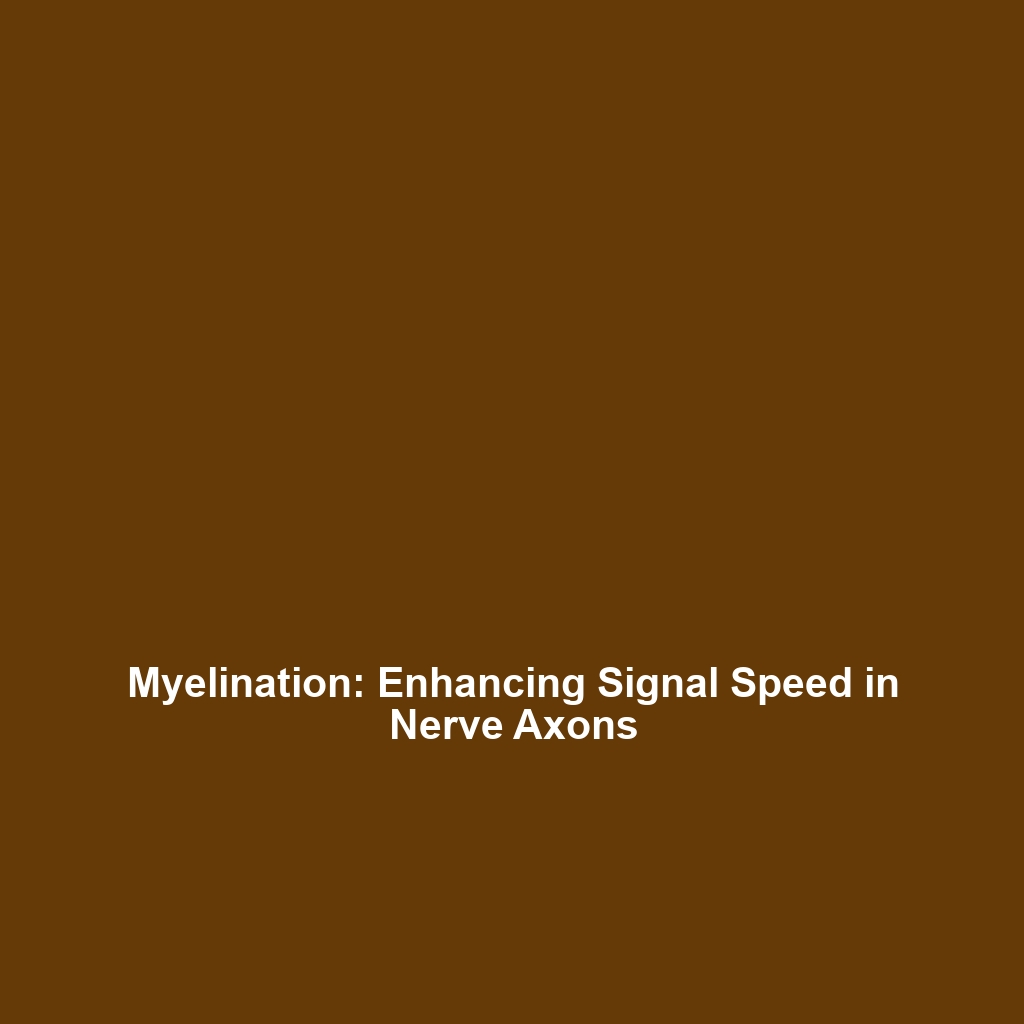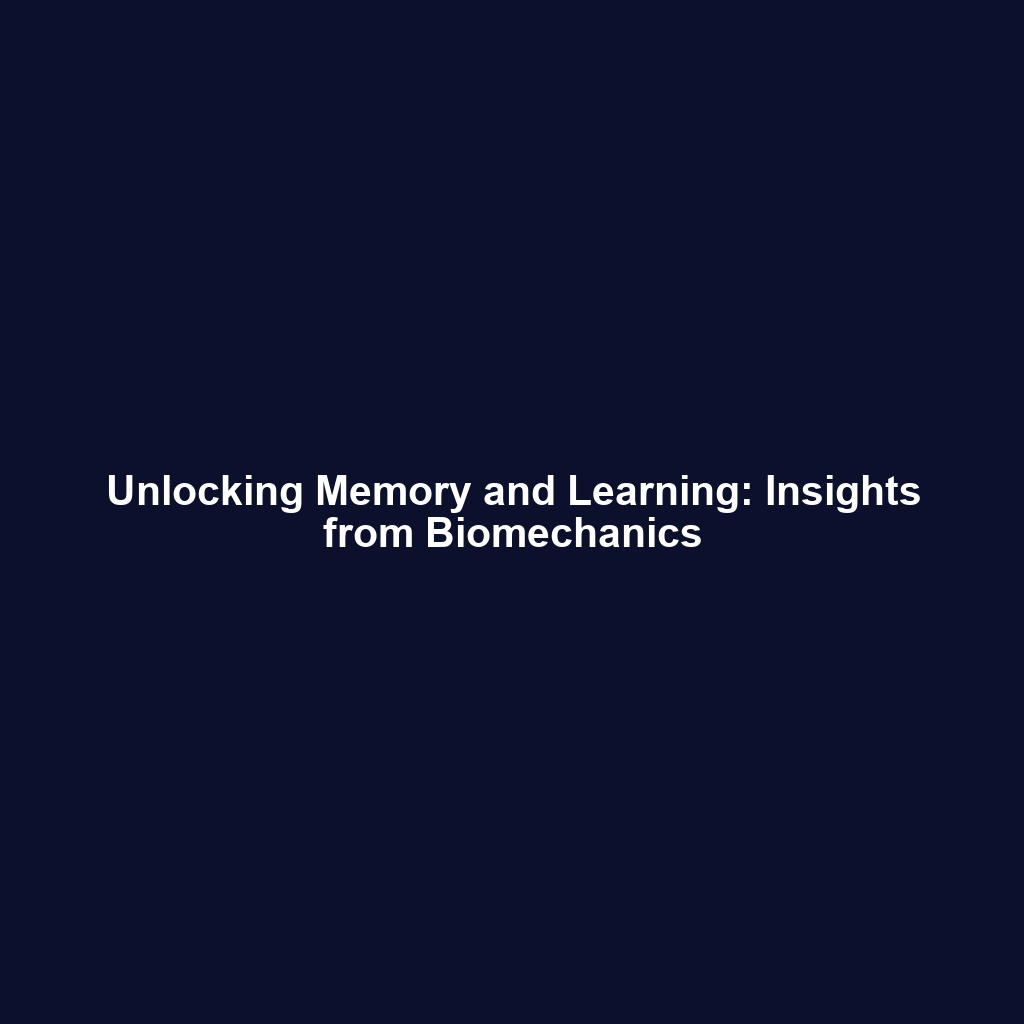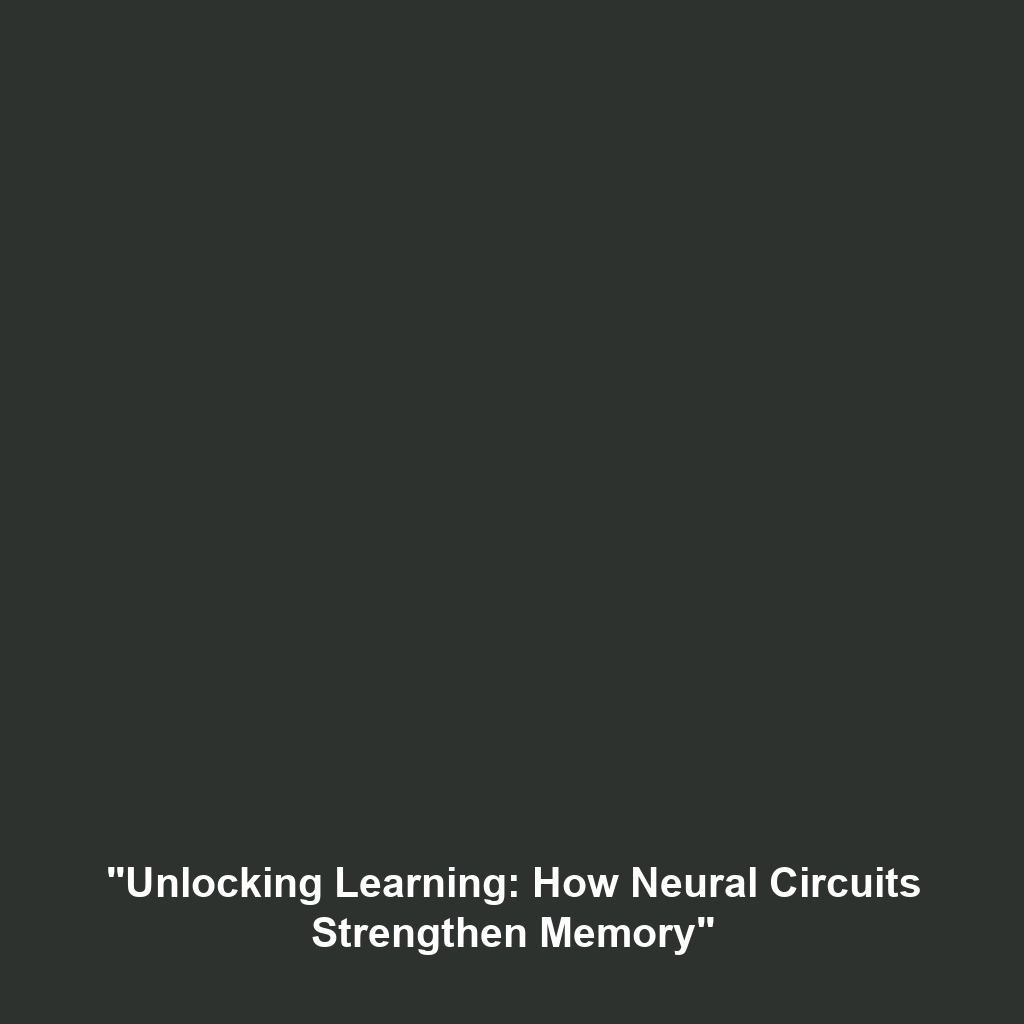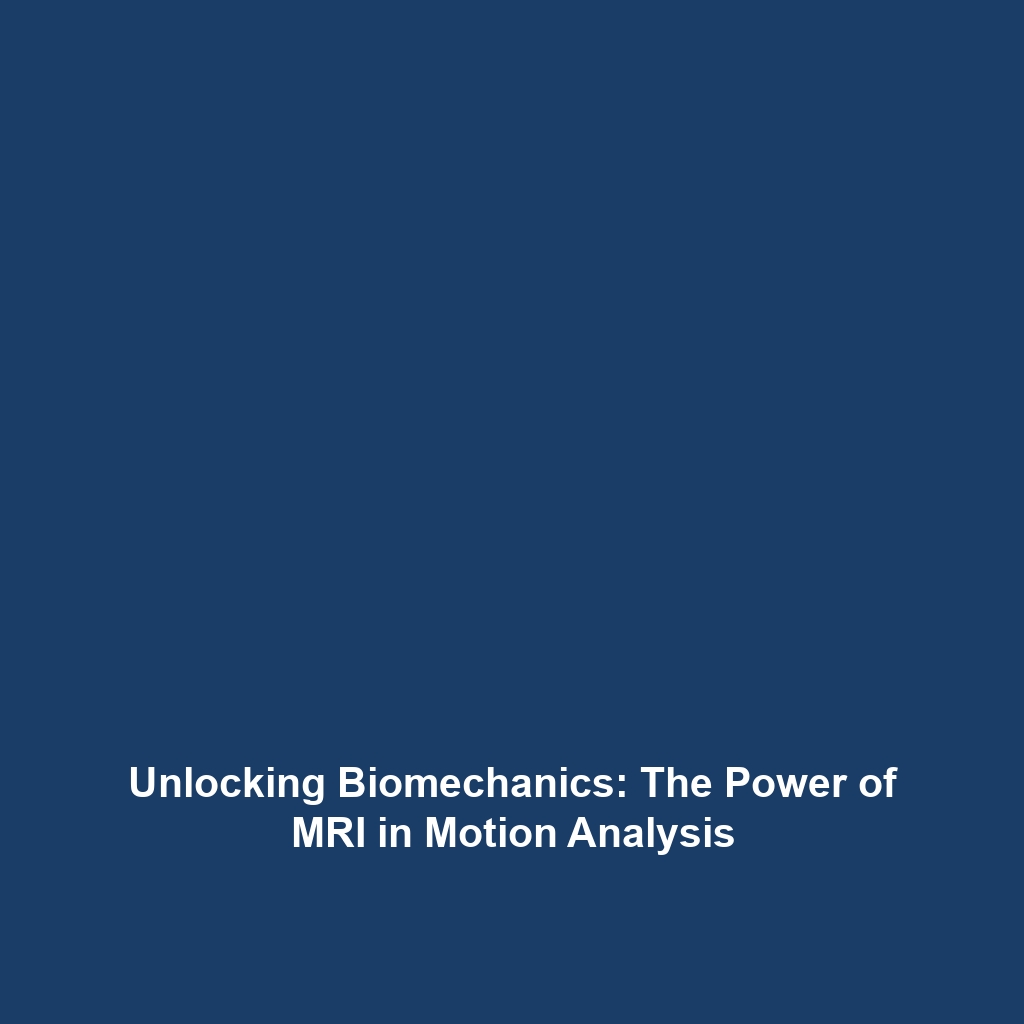Neurotransmitters and Synapses in Biomechanics
Introduction
Neurotransmitters and synapses play a crucial role in the field of biomechanics, serving as the biochemical foundation for communication between neurons. These chemical messengers facilitate the transmission of signals that govern muscular movements and coordination, impacting both voluntary and involuntary actions. Understanding the interaction between neurotransmitters and synapses is essential for comprehending complex biomechanical systems, as it bridges the gap between physiology and mechanics. By examining the mechanics of synaptic transmission, researchers can unlock insights into movement disorders, rehabilitation, and sports performance, making this a vital area of study within biomechanics.
Key Concepts
Neurotransmitter Types
Neurotransmitters can be categorized into several types, including:
- Amino Acids – such as glutamate and gamma-aminobutyric acid (GABA), which are pivotal in excitatory and inhibitory signaling.
- Biogenic Amines – such as dopamine and serotonin, crucial for mood regulation and motor control.
- Neuropeptides – which modulate various functions through direct action on synaptic pathways.
Synaptic Mechanism
At a synapse, neurotransmitter release initiates a cascade of events that lead to muscle contraction or relaxation. The binding of neurotransmitters to receptors on the postsynaptic neuron results in:
- Generation of an action potential.
- Influence on muscle tone and reflexes.
- Regulation of proprioceptive feedback mechanisms.
Applications and Real-World Uses
Understanding how neurotransmitters and synapses are used in biomechanics has significant implications for various fields:
- Sports Science: Improved athletic performance through optimized neuromuscular training.
- Rehabilitation: Development of therapies for restoring movement in patients with neurological impairments.
- Ergonomics: Designing tools and workspaces that minimize strains through understanding neuromuscular dynamics.
Current Challenges
Despite advancements, researchers face several challenges in the study of neurotransmitters and synapses:
- Complex Interactions: The intricacy of neurotransmitter interactions complicates the understanding of their roles in biomechanics.
- Variability: Individual differences in neurotransmitter levels can lead to inconsistent findings in applied biomechanics.
- Measurement Techniques: Current methods for measuring neurotransmitter activity can lack precision and accuracy.
Future Research and Innovations
Future research in neurotransmitters and synapses within biomechanics is promising, with potential breakthroughs including:
- Advanced Neuroimaging: New imaging techniques may allow for real-time observation of neurotransmitter activity.
- Bioengineering Solutions: Development of drugs or devices that enhance neurotransmitter function in sports medicine and rehabilitation.
- Personalized Medicine: Tailoring therapeutic approaches based on individual neurotransmitter profiles.
Conclusion
The study of neurotransmitters and synapses is foundational to the field of biomechanics, providing insights that influence movement science and treatment methodologies. As research continues to evolve, understanding these biochemical processes will enhance our ability to address movement-related challenges effectively. For further reading on biomechanics and its applications, visit our [Biomechanical Research](#) page.
